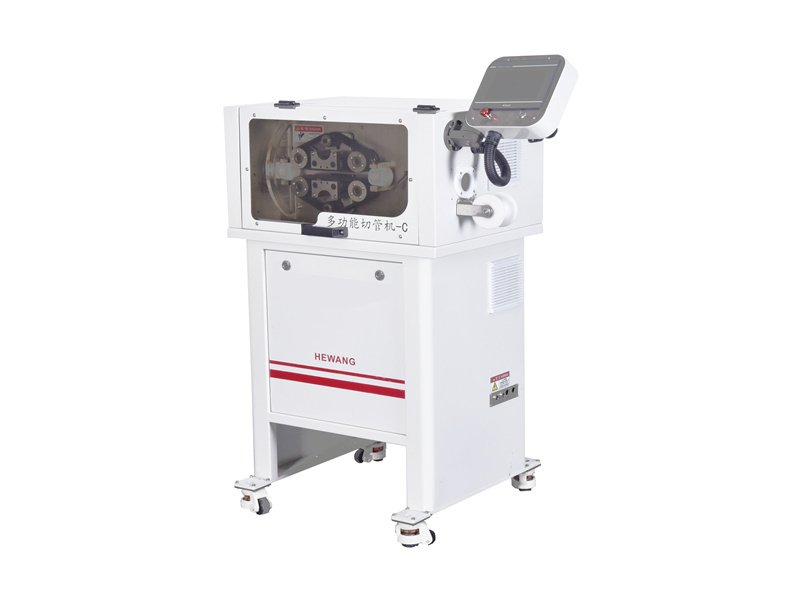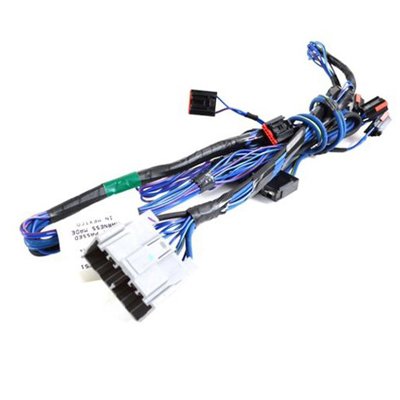Industrial Wiring Harness Manufacturer

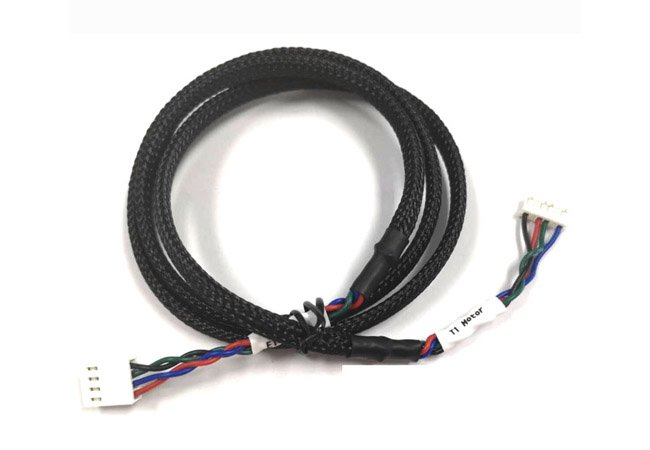
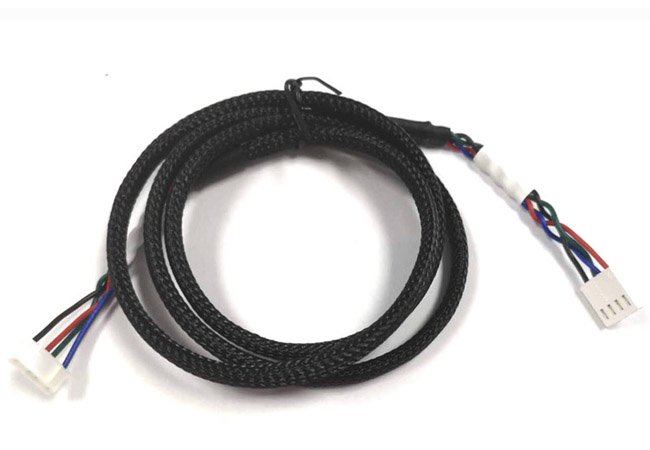
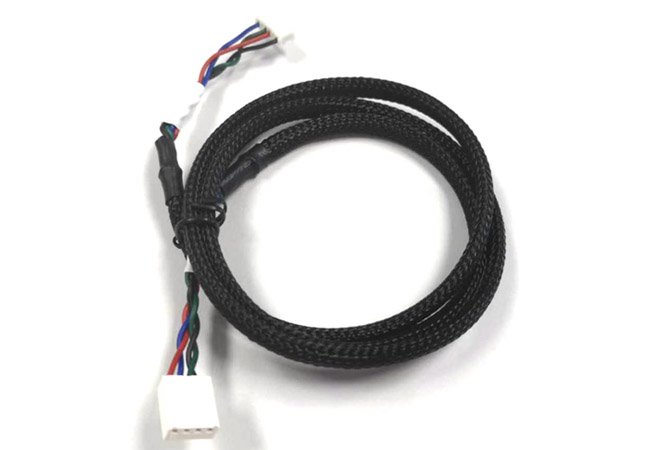




3D Printer Wiring Harnes
3D printing holds immense potential to revolutionize the production and design of various products. Among its many capabilities, the technology can be employed to design and fabricate connectors, wiring harnesses, and terminals.
Furthermore, there is a potential for 3D-printed wiring harnesses to replace traditional cable and wire assemblies.
- Suitable for 24awg to 32awg, OD 0.8mm to 1.5mm
- Cross / replacement connector is available
- Suitable for 3D printer
- The prototype is available, lead time: 1-3 days
- Sample available
- Product name: 3D printer cable assembly
- Connector 1: 2510-4P
- Connector 2: PH2.0-4P
- Color: red and blue twisted pair
- Cable: UL1007 28AWG
- Cable length: 760mm can be customized
What are the Key Benefits of 3D Printer Wiring Harness?
The wiring harness for 3D printers represents a groundbreaking technology that offers extensive advantages to any business or project, distinguished by its unique capabilities. Below are some of its notable benefits.
Reduced Manufacturing Expenditure
The production and manufacturing of cable assemblies are deemed labor-intensive endeavors, primarily due to the extensive manual involvement in processes such as layout. However, the incorporation of robotic tools aids in offsetting labor costs by amortizing capital expenditures. Consequently, utilizing a 3D printer wiring harness can reduce production costs by up to 50%.
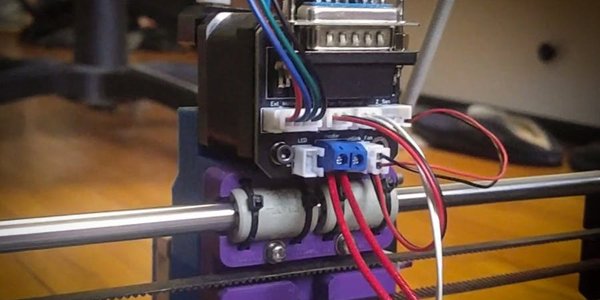
Enhanced Safety
The majority of wire assembly failures occur due to the embrittlement of insulation caused by factors such as UV exposure, humidity, or corrosion. These failures can trigger arcing, ultimately leading to fire outbreaks. Wiring harness failures have been known to pose a range of safety concerns across various sectors, including aerospace, with some incidents resulting in notable disasters.
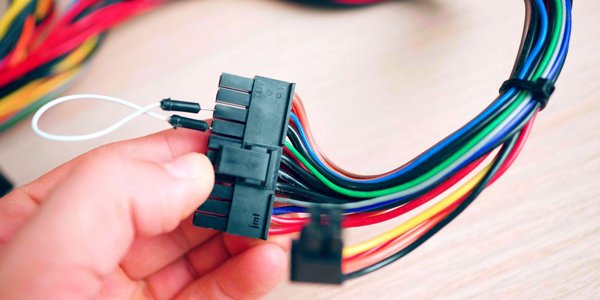
A 3D printed wiring harness integrates wires within various components, safeguarding them from any form of chemical or mechanical damage. By utilizing CAD design applications, the assembly and overall structural mechanisms can be effortlessly designed to ensure that the termination flex stays within the prescribed tolerance, thereby delivering a safer wiring system.
Quality Enhancement
Automating the production of wiring harnesses ensures consistent product output. Once a design has been tested and approved, it can be seamlessly integrated into large-scale wire assembly production. In the aerospace industry, for instance, if the best materials are utilized, every product manufactured based on the approved design will readily meet all existing requirements and standards.
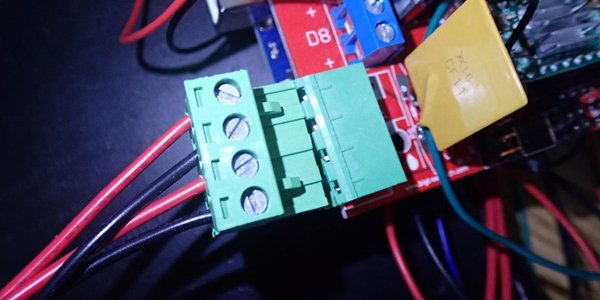
The wire-making process and documentation must also undergo automation to align with the new production methodology. Given that the termination position is predetermined by design, automation should extend to wiring harness testing, ultimately enhancing the quality control of 3D printer wiring harnesses.
Reduced Designing and Development Time
A 3D printed wire harness facilitates a seamless transition from the design stage to manufactured products within hours. It also simplifies the creation of multiple prototypes and the testing of their electrical and mechanical capabilities. This shift can revolutionize traditional practices by enabling the optimization of designs through various iterations while maintaining confidence in the final product.

This will save on design cost and time and open the door for the creation of sophisticated or bespoke wiring harness designs with outstanding performance.









